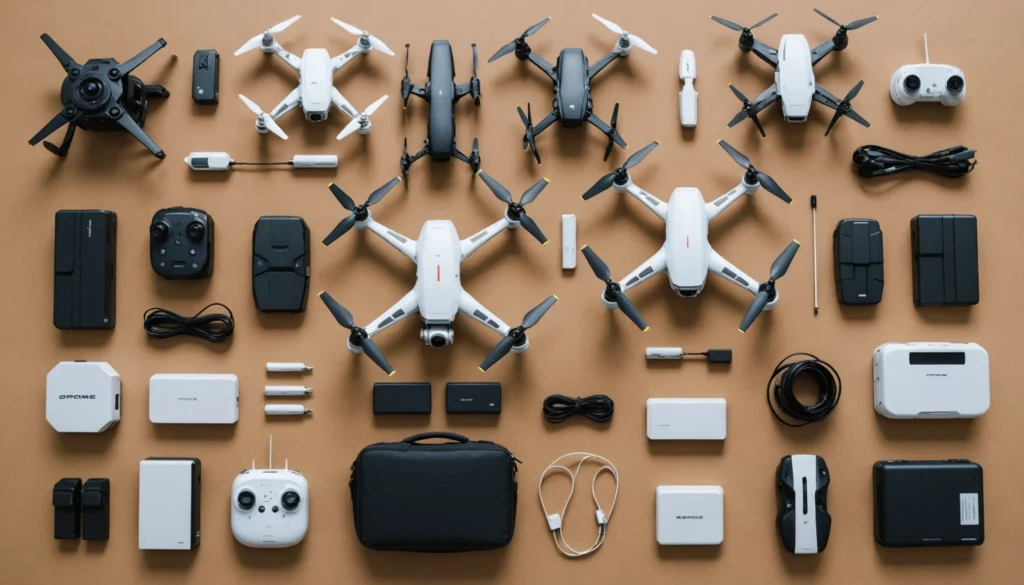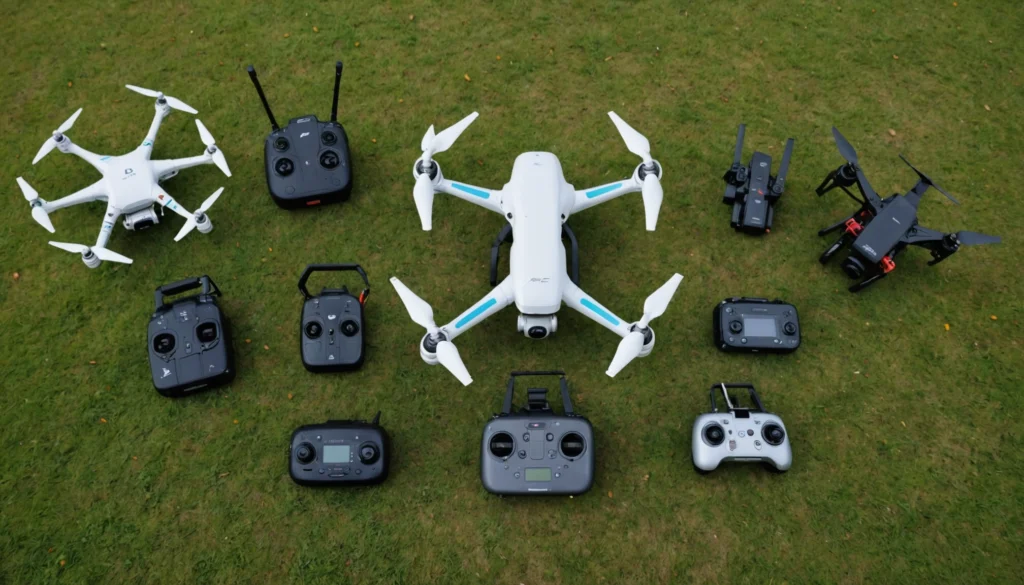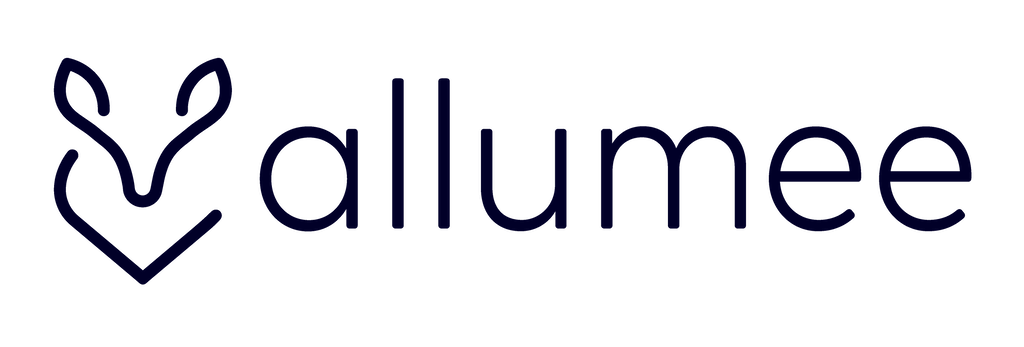Drones: an analysis of European categories and regulations

The rise of drones has revolutionized the aerial landscape, both for leisure and professional applications. Between the DJI Mini in the open category and the certified pro models, it's difficult to navigate: which category of drone should you choose? Do you need a certificate, training, or registration?
In France, as in the European Union, each flight must comply with a specific framework to guarantee security, compliance and the protection of privacy.
Drone categories: classification, class and uses
European regulations – applicable in mainland France since the decree of December 3, 2020 relating to the operation of unmanned aircraft on board – distinguish three main categories: the open category, the specific category and the certified category.
Each drone, from the DJI mini to professional devices, has a class designation (C0 to C6): this label, visible on the drone, summarizes its weight, its technical requirements, its usage scenarios, and the authorized flight conditions. This also concerns the drone show.
Open category: leisure, low risk, simplified rules
The open category is aimed at amateur remote pilots, for recreational use or for anyone who wants to fly without any cumbersome procedures or complex certificates. It mainly concerns light drones (less than 25 kilograms), flying without anyone on board, used in low-risk scenarios (no gathering overflight, direct visual flight, unrestricted airspace).
The DJI Mini 2, Mini 3 or dji mini 4 pro drones, for example, often fall into the C0 category (weight less than 250 grams), perfect for beginners or those practicing aeromodeling. It is therefore imperative to follow the French regulations on drones.
In the open category, online registration via the AlphaTango website is required for any device equipped with a camera, even for Class C0 drones. Each remote pilot must create an account, obtain an operator number, affix a class label and direct remote identification (electronic reporting) if required by European regulations.
Moderate risk operations, professional uses and standard scenarios
The specific category is aimed at drones operating in riskier conditions or in populated areas: aerial photography, mapping, technical missions, flight near infrastructure, commercial operations, industrial site overview or professional mission in urban areas. Class C1 to C4 drones, sometimes weighing more than 900 grams or equipped with specific devices, require prior declaration, operating authorization, or even a risk assessment.
To fly in a specific category, you must follow theoretical and practical training, obtain a certificate of achievement, present a pilot certificate, and respect the standard scenarios defined by the DSAC and the DGAC (national civil aviation authority).
European operators must verify the compliance of each device, monitor its operation, and document each operation. Regulations sometimes require the use of electronic identification and a more advanced registration procedure, adapted to the risk of use.
Certified category: heavy aircraft, very high risk activities, crew on board
The certified category, the most demanding, concerns high-risk operations: transport of people or goods, military missions, crewed flights, long-distance out-of-sight operations, drones exceeding 25 kilograms. These aircraft must meet strict European requirements (EASA), with the obtention of an airworthiness certificate, certified pilot certification, specific training, extensive operational assessment, and full compliance with national and European regulations.

Subcategories: C0 to C6, each drone has its class
Each drone category is divided into subcategories – C0, C1, C2, C3, C4, C5 and C6 – based on maximum weight, use, type of operations and integrated safety features. For example, a class C1 drone must weigh less than 900 grams, be equipped with an electronic signaling device and comply with the maximum flight height (120 meters in France), while a class C2 drone allows flight in populated areas but requires a minimum distance from the public and a certificate of additional training.
These subcategories define the piloting rules: visual or remote flight, maximum height, authorized airspace, standard or specific scenario, etc. A remote pilot must always check the class and compliance of his drone, respect horizontal distances, flight restrictions (prohibited zone, airport, sensitive public space) and mapping requirements (geofencing via Géoportail).
Allumee: the French benchmark for light drone shows, in total compliance
At Allumee, each light drone show is designed to amaze, but above all to strictly comply with European and French regulations. Before each operation, our team checks the category of each drone (C0 to C6), the class mention, the registration on AlphaTango, the conformity of the electronic reporting and the site map via Géoportail. Our professional remote pilots follow online training and certified practical training, with exam and certificate of achievement.
We adapt each show according to the area, the distance from the public, the standard scenario, the weight of the aircraft, the maximum authorized height and all the safety requirements required by the DGAC. Whether it's a large-scale show or a private event, everything is done to guarantee safe operation, from visual flight to aerial photography, without ever compromising on security, privacy or compliance with national and European regulations.
At Allumee, every drone show is an unforgettable experience… and flawless in terms of regulations, from the authorization form to the final certification.
Training, registration, certification: what do you need to do to fly legally?
For each category and class, European regulations provide a base of requirements:
- Online theoretical training for the open category (test and certification on AlphaTango, questions on security, privacy, respect for people, use of airspace).
- Practical training and certified remote pilot exam for the specific category (pilot certificate, remote pilot aptitude, registration procedure with the DGAC, self-training monitoring and validation of skills).
- Drone registration on AlphaTango, affixing of the class label and direct remote identification (operator number, registration procedure, registration certificate, mandatory class mention).
- Compliance with flight restrictions: prohibited areas, populated areas, public gatherings, maximum height, national and European rules.
In the event of an inspection, be sure to present your certificate of achievement, your registration certificate, and all information relating to your aircraft, the operating scenario, the mapping of the areas, and your aptitude as a remote pilot.
Some application examples and practical advice
Let's take the example of an individual who wants to fly his DJI Mini drone in mainland France:
– Category C0: no pilot certificate, simple online training, registration on AlphaTango, compliance with open regulations, and prohibition of flying over people within 20 meters.
– Category C1: mandatory online training, electronic reporting required, maximum height of 120 meters, direct line-of-sight flight, obligation to respect privacy, and identification of the drone via class label.
– Specific category: for any flight near a sensitive area, it is necessary to submit an authorization request, carry out a risk assessment, follow practical training, obtain a certificate of achievement and present an operating scenario validated by the DSAC.
For professional operators or European operators, it will also be necessary to:
– Comply with the requirements of European regulations,
– Ensure the compliance of the crew on board (when there are any),
– Document each operation using a form or certificate,
– Check regular updates to national regulations (decree of December 3, new scenarios, EASA regulations).
Risks, sanctions and good practices
Any breach of drone regulations (failure to respect distances, flight outside authorized areas, failure to register, lack of certificate, flight over sensitive sites or gatherings) exposes you to sanctions: fine, confiscation of the device, suspension of piloting aptitude, or even criminal prosecution for endangering the lives of others. DJI drones, even the mini models, are no exception: each user must follow the appropriate training, respect the height and distance, ensure the class label and pilot registration.
Tip: Always consult official websites (AlphaTango, Géoportail), national documentation, and keep up to date with changes in European regulations, especially if you are a professional operator, certified remote pilot or drone operator in a specific category.
Choosing the right drone means first of all respecting the regulations
Buying and flying a drone in France or Europe requires more than common sense: you must know the category of your device, comply with the class requirements, undergo the proper training, complete the required registration, fly within authorized conditions, and always prioritize safety. Whether you're an amateur or a professional, every aerial operation must be carried out in compliance with the rules to ensure everyone's safety and protect privacy.
Your drone, whether mini or pro, must always fly within a regulated framework, otherwise you risk a fine, or worse.
Before each flight, check: Are you compliant? Are your pilot qualifications and drone registration up to date? Are you respecting the maximum height, minimum distance, and restrictions? This is the key to fully enjoying your passion for flying... without any unpleasant surprises.
Our FAQ regarding the drone category
What are the 3 categories of drones?
In France, European regulations distinguish between open, specific, and certified categories. Each drone category depends on risk, weight, operating scenario, and use (leisure or professional). The operator must comply with the rules, register, and follow the regulations applicable to each category.
What are the 4 types of drones?
Drone classification generally distinguishes between class C0, C1, C2, and C3/C4 drones. Each type corresponds to a specific use, weight, and operational capability. The operator must consult the category sheet, check the class label, and comply with European regulations to ensure safety and compliance.
How do I know the category of my drone?
To determine your aircraft's category, check the class label (C0 to C4), weight, use (leisure, professional), and registration. The AlphaTango app, the DGAC website, or the DJI manual provide information on classification, piloting requirements, applicable regulations, and usage restrictions.
What does category C1 mean for a drone?
A class C1 drone meets specific European regulations: weight less than 900 grams, use in open category, compliance with electronic signaling requirements, direct visual flight, maximum authorized height, safety distance from people and need for an online training certificate or pilot certificate.
What is the category of DJI drone?
DJI drones are classified according to their weight and equipment: the DJI Mini is often in the C0 or open category, the DJI Air in the C1 category, and other professional models may fall into higher categories. European regulations require registration and class marking on each drone used.
Is a drone allowed to fly over a home?
Flying a drone over a home or populated area remains strictly regulated by drone regulations. You must respect the minimum distance, check the category, obtain authorization if necessary, ensure privacy, and check local restrictions on Géoportail or AlphaTango before any operation.

